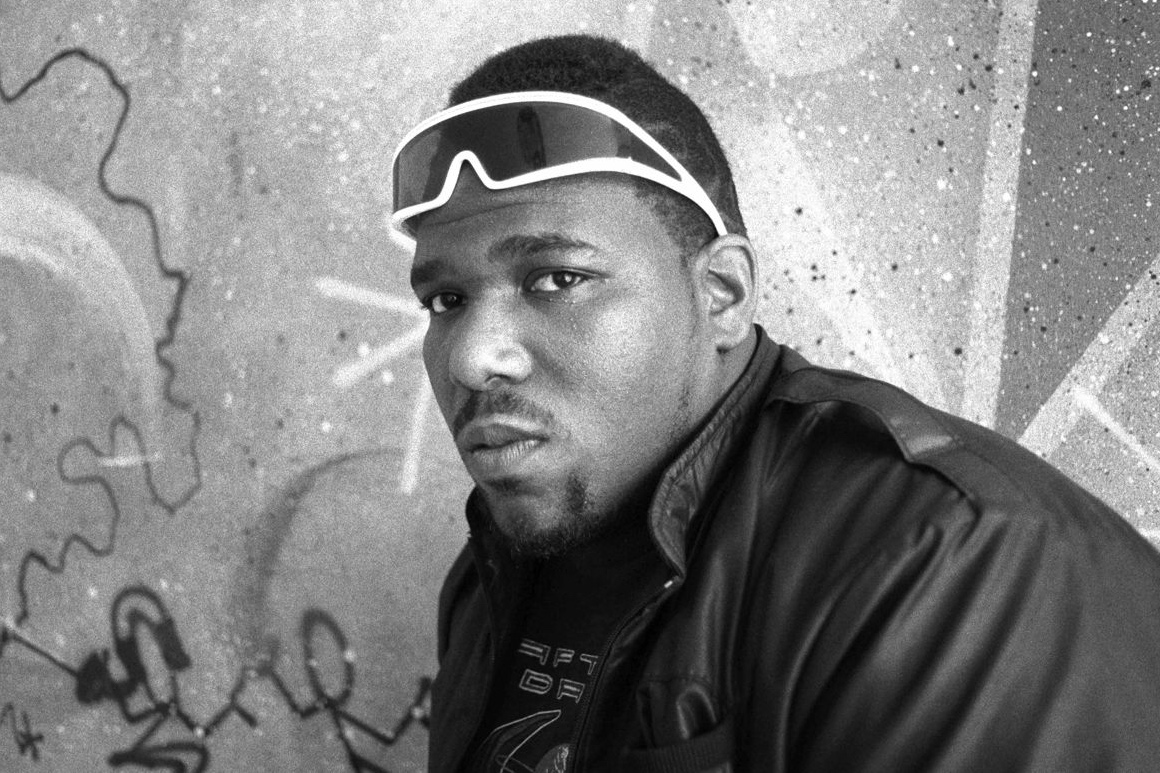Introduction: The Moment That Electrified Coachella
Over a decade later, and Tupac Shakur’s infamous hologram is still remembered for electrifying the Coachella stage during Dr. Dre and Snoop Dogg’s performance in 2012.[1] Video of the surprise performance by the late West Coast legend quickly inundated social media platforms.[2][3]
Debunking the “Hologram”: The Reality Behind the Illusion
Though many viewers still refer to it as hologram to this day, it was actually another visual effect. According to Ars Technica, the technique known as Pepper’s Ghost dates back to the 16th century.[4]
Pepper’s Ghost: The Age-Old Technique
The illusion works by placing a piece of angled glass in the main room (in this case, the stage), which reflects an image from an adjacent hidden room, making it appear as though the image is actually present in the main space.[5] This technique, named after Professor John Pepper, who popularized it in the mid-19th century, was originally used to create the illusion of physical objects or actors appearing “dimensional.”[6]
Modern Twist: AV Concepts and Musion Eyeliner
For the Coachella performance, AV Concepts, the San Diego-based company behind the Tupac projection, employed a proprietary Mylar foil called Musion Eyeliner instead of traditional glass.[7] According to their press release, the on-site server delivered “uncompressed media for 3 stacked 1920 x 1080 images, projecting 54,000 lumens of incredibly clear imagery.”[8]
The Evolution of an Illusion
As illusion designer Jim Steinmeyer explained to the Wall Street Journal, the core concept remains similar to what was done in 1862, though today’s versions often use computer-generated imagery rather than physical objects.[9] Over the years, Pepper’s Ghost has been utilized by everyone from Al Gore to Richard Branson and Madonna.[10] Even Frank Sinatra was “brought back” for a 2003 concert.[11] However, the Tupac performance was on another level, thanks to the sophisticated stagecraft, expertly crafted audio, and the powerful persona of Tupac Shakur himself.
Legacy: A Controversial Digital Marvel
Despite sparking significant controversy in music circles, the optical illusion went on to win Digital Domain the prestigious Cannes Lions Titanium Award in June 2012.[12] The digital marvel has been archived and is exclusively accessible to the Tupac Shakur estate.[13]
[1]https://www.forbes.com/sites/davidthier/2012/04/17/tupac-hologram-wasnt-a-hologram-at-all/
[2] Ibid.
[3] https://andscape.com/features/the-strange-legacy-of-tupacs-hologram-after-coachella/
[4] https://www.forbes.com/sites/davidthier/2012/04/17/tupac-hologram-wasnt-a-hologram-at-all/
[5] Ibid.
[6] Ibid.
[7] Ibid.
[8] Ibid.
[9] Ibid.
[10] Ibid.
[11] Ibid.
[12] https://andscape.com/features/the-strange-legacy-of-tupacs-hologram-after-coachella/
[13] Ibid.


